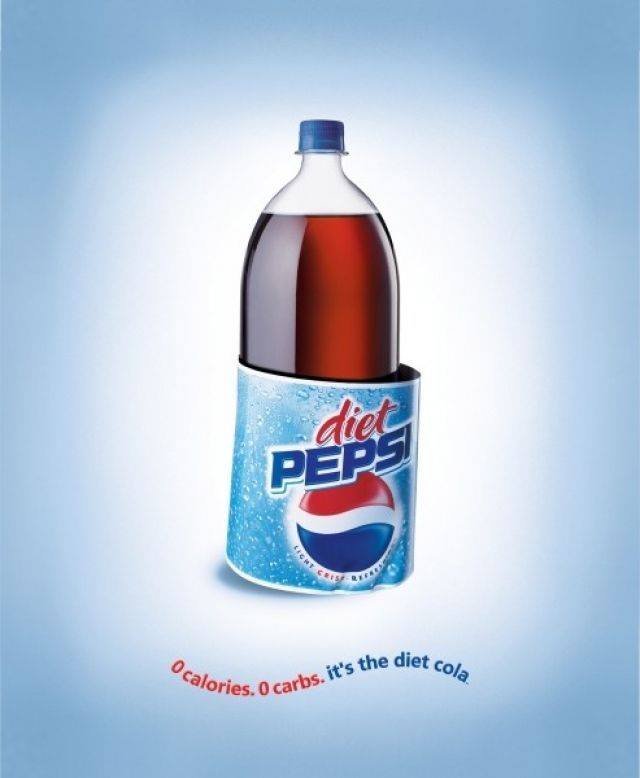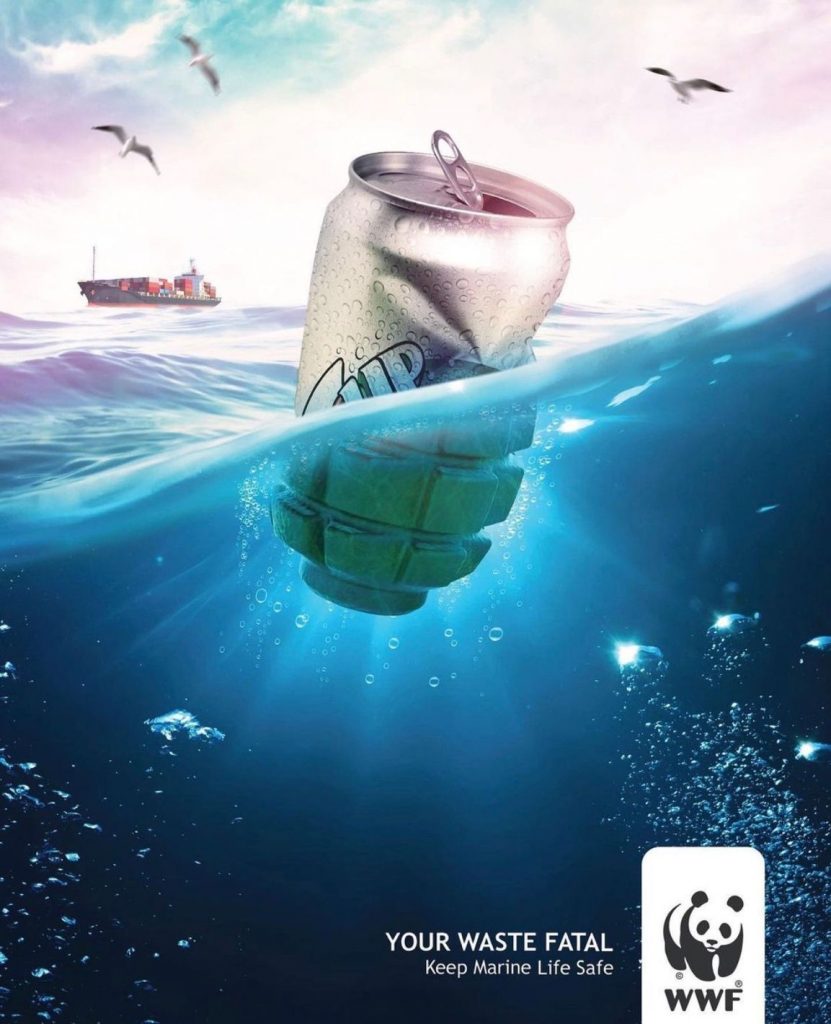Ideas are like rabbits. You get a couple and learn how to handle them, and pretty soon you have a dozen.
John Steinbeck
Excerpt from: How Innovation Works by Matt Ridley
Ideas are like rabbits. You get a couple and learn how to handle them, and pretty soon you have a dozen.
John Steinbeck
Excerpt from: How Innovation Works by Matt Ridley

The animation company Pixar, creators of Finding Nemo and Toy Story, has a proven formula for successful storytelling.
What has become known as the Pixar Pitch involves six sequential sentences:
Once upon a time, A.
Every day, B.
One day, C.
Because of that, D.
Because of that, E.
Until finally, F.
Excerpt from: The Smart Thinking Book: 60 Bursts of Business Brilliance by Kevin Duncan

In a second experiment, Slovic and Alhakami had students of the University of Oregon rate the risks and benefits of a technology (different trials used nuclear power, natural gas, and food preservatives). Then they were asked to read a few paragraphs describing some of the benefits of the technology. Finally, they were asked again to rate the risks and benefits of the technology. Not surprisingly, the positive information they read raised – student’s ratings of the technology’s benefits in about one-half of the cases. But most of those who raised their estimate of the technology’s benefits also lowered their estimate of the risk – even though they had not read a word about the risk. Later trials in which only risks were discussed had the same effect but in reverse: People who raised their estimate of the technology’s risks in response to the information about risk also lowered their estimate of its benefit.
Excerpt from: Risk: The Science and Politics of Fear by Dan Gardner
As we saw, a bureaucratized system will increase in complication from the interventionism of people who sell complicated solutions because that’s what their position and training invite them to do.
Things designed by people without skin in the game tend to grow in complication (before their final collapse).
There is absolutely no benefit for someone in such a position to propose something simple: when you are rewarded for perception, not results, you need to show sophistication. Anyone who has submitted a Scholarly paper to a journal knows that you usually raise the odds of acceptance by making it more complicated than necessary.
Excerpt from: Skin in the Game: Hidden Asymmetries in Daily Life by Nassim Nicholas Taleb

‘It should be remembered, that in few departments have important reforms been effected by those trained up in practical familiarity with their details. The men to detect blemishes and defects are among those who have not, by long familiarity, been made insensible to them.’
Excerpt from: The Next Fifty Things that Made the Modern Economy by Tim Harford

Crutchfield’s experiment involved slightly more ambiguous questions, including one in which people were asked if they agreed with the statement ‘I believe we are made better by the trials and hardships of life.’ Among subjects in a control group that was not exposed to the answers of others, everyone agreed. But among those in the experiment who thought that everyone else disagreed with the statement, 31 per cent said they did not agree. Asked whether they agreed with the statement ‘I doubt whether I would make a good leader,’ every person in the control group rejected it. But when the group was seen to agree with the statement, 37 per cent of people went along with the consensus and agreed that they doubted themselves.
Excerpt from: Risk: The Science and Politics of Fear by Dan Gardner
Many other studies produced similar results. Kahneman and Tversky divided 245 undergrads at the University of British Columbia in half and asked one group to estimate the probability of a massive flood somewhere in North America in 1983, in which more than 1,000 people drown.’ The second group was asked about an earthquake in California sometime in 1983, causing a flood in which more than 1,000 people drown.’ Once again, the second scenario logically has to be less likely than the first but people rated it one-third more likely than the first. Nothing says ‘California’ quite like ‘earthquake’.
Excerpt from: Risk: The Science and Politics of Fear by Dan Gardner

In 2014, the British government undertook a national experiment with the report card approach-sending letters to thousands of doctors in England who were prescribing the most antibiotics per capita in their regions. The letters, from high-profile British leaders, let those doctors know that they were prescribing more antibiotics than 80 percent of their local peers and suggested alternatives to writing a prescription in the heat of the moment, such as giving patients advice to care for themselves while sick. Researchers from the UK government’s Behavioural Insights Team found that these letters corresponded with a substantial decline in the rate of antibiotic prescription, with an estimated seventy thousand fewer antibiotics given to patients in a six-month period. The letters had cost very little, but they had saved significant sums of money spent on medicine by the national health care system and protected public health.
Excerpt from: The Optimist’s Telescope: Thinking Ahead in a Reckless Age by Bina Venkataraman

René Lacoste, French tennis star, earned the nickname ‘le crocodile’ for winning a crocodile-skin suitcase in a bet. ‘A friend drew a crocodile’, he said, ‘and / had it embroidered on the blazer / wore on the courts!’ His polo shirts were launched in 1933 and are probably the first example of sportswear as fashion.
Excerpt from: The Art of Looking Sideways by Alan Fletcher
The most striking examples of the persistence of musical memory come from observation of patients suffering from dementia. Late-stage Alzheimer’s patients who have difficulty recognizing family members and familiar objects can still recognize familiar songs. In some instances, these patients are able to sing despite having lost the ability to speak.”
The unique strength of musical memory has puzzled researchers for years, but one possible reason for the robustness of musically encoded memory is that music is encoded by several different regions of the brain. While auditory regions are primarily involved, so are parts responsible for imagery and emotion. Because musical memories are laid down in multiple brain regions, stimulating any one of these regions may spark their retrieval. It also may be the reason musical memory persists so long in dementia patients. If one brain region becomes damaged, the other, healthy regions can pick up the slack, theoretically providing “backups.”
Excerpt from: Blindsight: The (Mostly) Hidden Ways Marketing Reshapes Our Brains by Matt Johnson and Prince Ghuman

One of the greatest reasons why so few people understand themselves is that most writers are always teaching men what they should be, and hardly ever trouble their heads with telling them what they really are.
-BERNARD MANDEVILLE, Fable of the Bees!
Excerpt from: Radical Uncertainty: Decision-making for an unknowable future by Mervyn King and John Kay

Kim, Novemsky, and Dhar (2013) ran this gum experiment in South Korea. Participants were given W1,000 (about $1) and asked which gum they would like to buy. Participants could also choose to keep the money and not buy any gum. When both gums were priced at W630 only 46% of participants decided to buy one of both options, but when the price was slightly different (W620 vs. W640) this proportion increased to 77%.
Excerpt from: The Psychology of Price: How to use price to increase demand, profit and customer satisfaction by Leigh Caldwell
Völckner and Hofmann (2007) analyzed 71 studies from 23 publications spanning from 1989 to 2006. The researchers distilled following findings:
- The impact of price on quality perception is significant but has decreased since reported in the late 1980s (Rao and Monroe 1989).
- Price-quality inference is stronger for higher-priced products.
- Price-quality inferences decrease with increasing familiarity with the product.
- Price-quality inference is stronger for fast-moving consumer goods than for services or durable goods.
- Price-quality inference is stronger in European countries than in North American countries.
Excerpt from: The Psychology of Price: How to use price to increase demand, profit and customer satisfaction by Leigh Caldwell

According to Bergen, we start modelling words as we start reading them. We don’t wait until we get to the end of the sentence. This means the order in which writers place their words matters. This is perhaps why transitive construction – Jane gave a Kitten to her Dad – is more effective than the ditransitive – Jane gave her Dad a kitten. Picturing Jane, then the Kitten, then her Dad mimics the real-world action that we, as readers, should be modelling. It means we’re mentally experiencing the scene in the correct sequence. Because writers are, in effect, generating neural movies in the minds of their readers, they should privilege word order that’s filmic, imagining how their reader’s neural camera will alight upon each component of a sentence.
For the same reason, active sentence construction – Jane kissed her Dad – is more effective than passive – Dad was kissed by Jane. Witnessing this in real life, Jane’s initial movement would draw our attention and then we’d watch the kiss play out. We wouldn’t be dumbly staring at Dad, waiting for something to happen.
Excerpt from: The Science of Storytelling by Will Storr

Imagine two restaurants of comparable quality. Along came the first customer, who has to choose between the two he flips a coin and picks restaurant A. Now imagine the next customer. Confronted with the same choice, she has the same information plus she sees the first customer sitting in the window of restaurant A. What does she do?
You can see where this is going.
But at this point, restaurant B still has hope-how much does the second customer trust the first customer’s choice? Well, is he attractive? Does he smoke? How’s he dressed? What’s his posture? The more the second person identifies with the first, the more she trusts his choice.
Once the second customer chooses restaurant A too, it starts to solidify a consensus. The third customer would have to buck a significant trend, voting against two people, in order to choose restaurant B.
Soon, you can imagine a line put the door of restaurant A, while restaurant B sits empty – despite the restaurants’ similar quality.
Excerpt from: Brain Candy: Science, Paradoxes, Puzzles, Logic, and Illogic to Nourish Your Neurons by Garth Sundem
And it inspired competitors – notably Sears Roebuck, which soon became the market leader. (The story goes that the Sears Roebuck catalogue had slightly smaller pages than Montgomery Ward’s – with the intention that a tidy-minded housewife would naturally stack the two with the Sears catalogue on top.)
By the century’s end, mail-order companies were bringing in $30 million a year – a billion-dollar business in today’s terms; in the next twenty years, that figure grew almost twenty-fold. The popularity of mail order helped fuel demands to improve the postal service in the countryside – if you lived in a city, you’d get letters delivered to your door, but rural dwellers had to schlep to their nearest post office.
Excerpt from: The Next Fifty Things that Made the Modern Economy by Tim Harford

The contagious effect of humour explains the results of a 1991 experiment conducted by University of Houston psychologists, Yong Zhang and George Zinkan.
They recruited 216 students to watch 30 minutes of music videos interspersed with soft drink commercials in groups of one, three and six. In order for the test to be as realistic as possible, the participants were told they were going to be questioned on their music preferences.
Their key finding was that ads tended to be rated as least funny when they were watched alone. In contrast, ads watched in groups of three and six were reported to be 21% and 10%, funnier than those watched alone.
The impact of groups might be due to social proof – this is the idea that people are influenced by others’ behaviour. If one person laughs, it encourages others to find the content funny.
Excerpt from: The Choice Factory: 25 behavioural biases that influence what we buy by Richard Shotton

In hundreds of studies spanning all kinds of contexts from eating better to completing homework assignments to saving money to avoiding the impulse to react to people on the basis of their skin color-Gollwitzer and his colleagues have demonstrated the power of people taking the time to anticipate in advance the obstacles they might face when meeting future aspirations. For example, people who want to eat healthier might jot down all of the possible temptations they’ll face in a week to eat junk food, and then set up a plan to respond to each of those urges.
What’s surprising about Gollwitzer’s research on if/then techniques is that it reveals that the more difficult the long-term goal, the greater the power of the tactic. It works better, in other words, for the challenges that elude people’s sheer willpower.
Excerpt from: The Optimist’s Telescope: Thinking Ahead in a Reckless Age by Bina Venkataraman